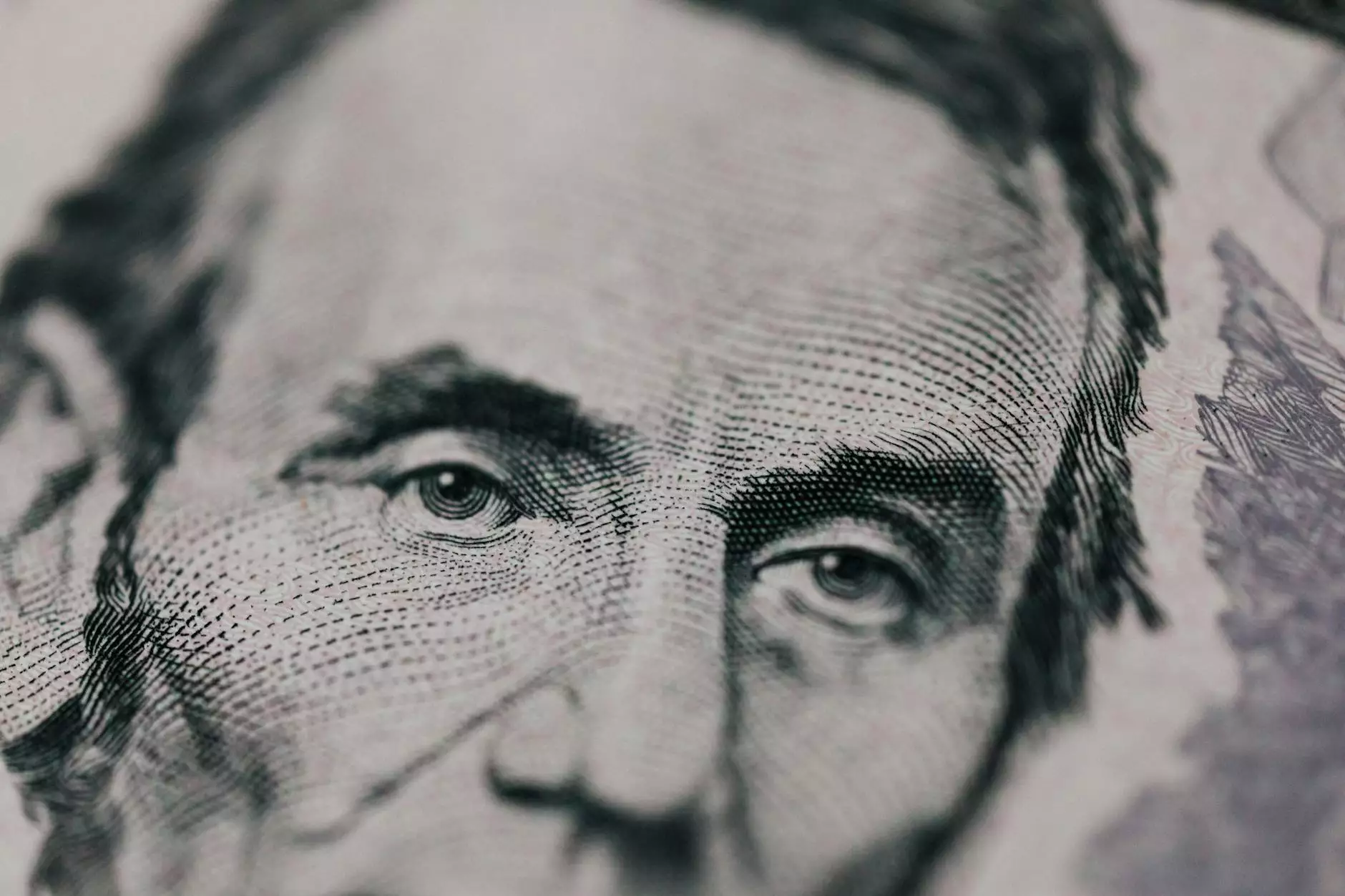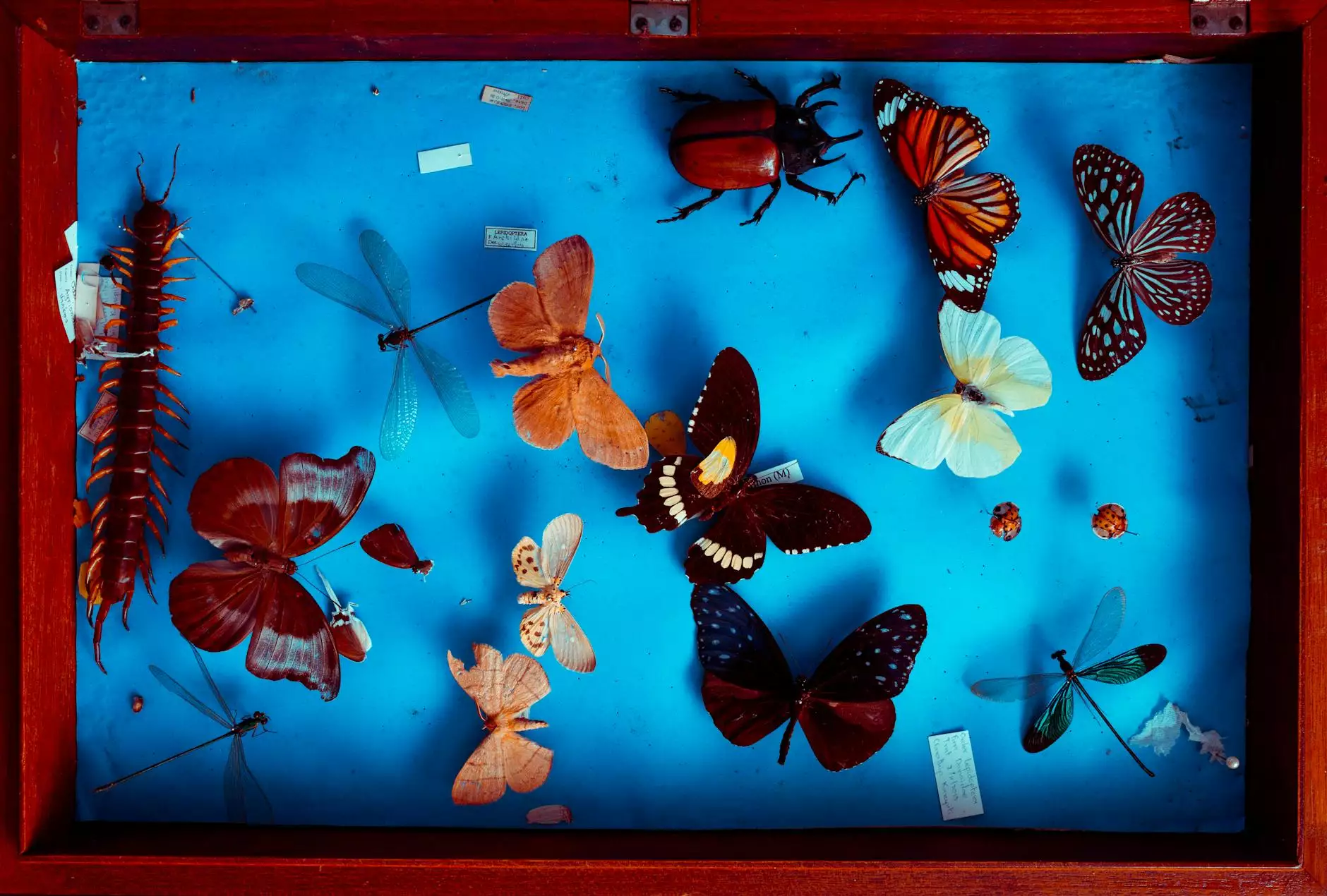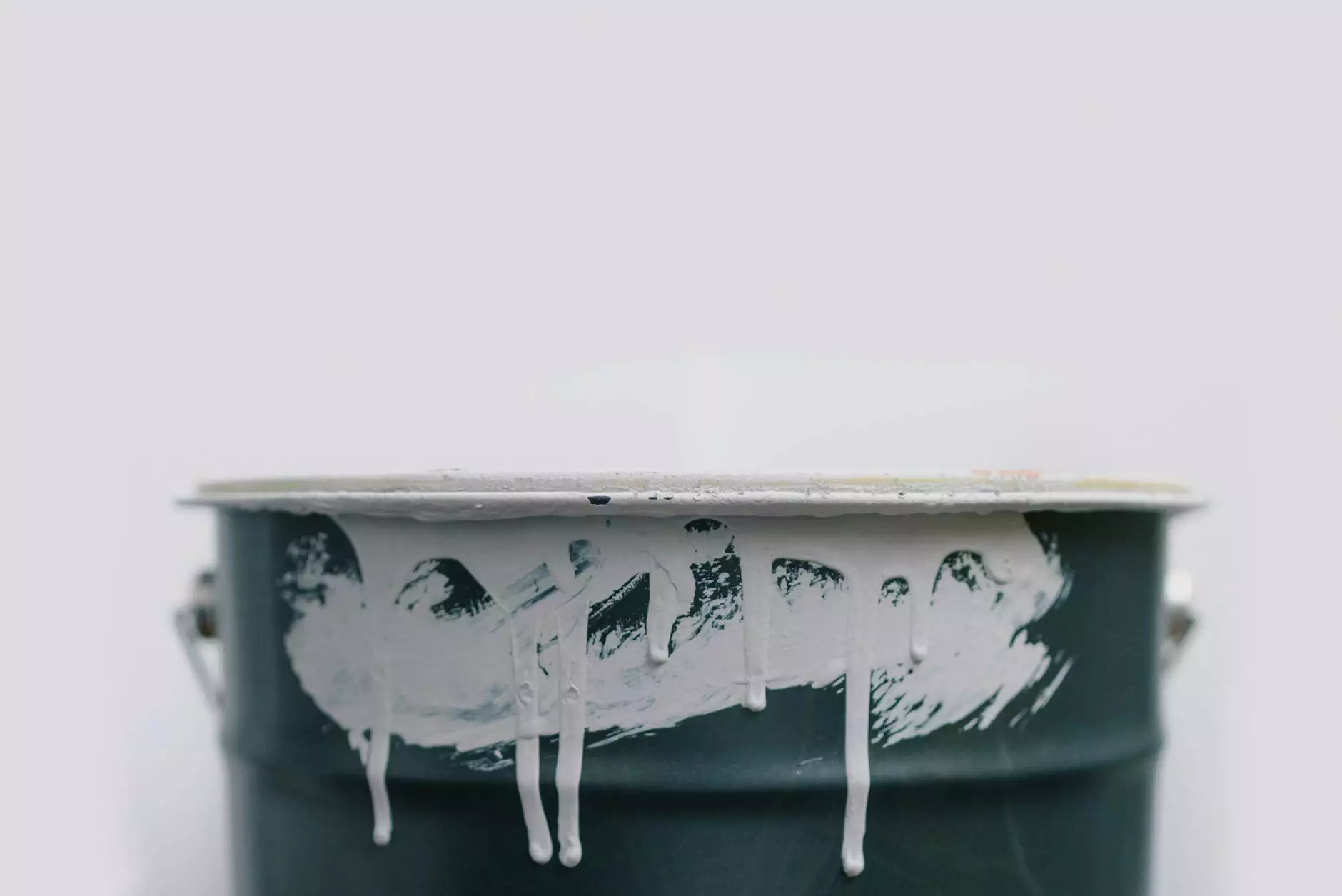The History of Money for Kids

Welcome to Life Designers, your trusted source for life design consulting and coaching. In this article, we will take you on a journey through the fascinating history of money. Join us as we explore the evolution of currency, its role in society, and how it has shaped our lives. Let's dive into the world of finance and discover the secrets behind the pieces of paper that we value so much today!
The Evolution of Currency
Money, in its various forms, has been used by humans for thousands of years. From bartering to the introduction of coins and banknotes, the concept of currency has evolved significantly. In ancient times, people used to exchange goods directly, trading one good or service for another. However, as societies grew and became more complex, the need for a standardized medium of exchange became apparent.
In ancient civilizations such as Mesopotamia and Egypt, commodities like grain, livestock, and precious metals were commonly used as a form of payment. These items held value and were easily recognizable by the community. As trade expanded, societies began to realize the importance of creating a more efficient and portable system of exchange to facilitate commerce.
Enter the concept of coins. The first true coins were minted in the ancient kingdom of Lydia, in modern-day Turkey, around 600 BCE. These coins were made of electrum, a natural alloy of gold and silver. With the advent of coins, trade became easier and more convenient. They allowed for precision in transactions and enabled merchants to expand their business beyond local borders. Money, as we know it today, had taken its first significant step.
The Rise of Paper Money
While coins remained the predominant form of currency for centuries, paper money gradually emerged as a viable alternative. The Chinese Song Dynasty, during the 7th century, was one of the first civilizations to use paper money. It was initially used as a representation of the value of coins stored in a warehouse rather than actual physical currency. However, as time progressed, paper money took on greater significance.
The introduction of standardized paper currency as a medium of exchange can be attributed to several historical events. In the 13th century, the Mongol Empire expanded its control over vast territories, creating a need for a more unified system of currency. Marco Polo, the famous explorer, witnessed the use of paper money during his travels in China and brought the concept back to Europe.
In Europe, paper money gained popularity during the Renaissance period. Precursors to modern-day banks, known as "merchant banks," began issuing paper receipts that could be exchanged for gold or silver. These receipts acted as a convenient alternative to carrying around heavy coins, leading to increased acceptance and adoption.
The Modern Banking System
The evolution of money continued with the establishment of modern banking systems. The emergence of central banks, such as the Bank of England in 1694, played a crucial role in shaping the financial landscape. Central banks issued banknotes backed by gold reserves, providing stability and trust in the currency.
With the industrial revolution came further advancements in finance. The invention of the printing press enabled the mass production of banknotes, making them more accessible to the general public. Banknotes became the primary form of currency, backed by the faith and credit of the issuing government or institution.
Over time, additional forms of electronic and digital money have emerged, further revolutionizing the way we conduct transactions. From credit cards to online payment systems, technology has played a significant role in transforming the way we handle our finances.
The Role of Money in Society
Money plays a vital role in modern society. Beyond its obvious function as a medium of exchange, money facilitates economic growth, promotes trade, and encourages specialization. It enables individuals to accumulate wealth, invest in their future, and improve their standard of living.
Moreover, money serves as a unit of account, providing a framework for evaluating the value of goods and services. It allows for easy comparison and measurement, making commerce efficient and transparent.
Money also carries symbolic and cultural value. Throughout history, different cultures have imprinted their beliefs, leaders, and landmarks on their currency, celebrating their heritage and national identity. Money often reflects the values and aspirations of a society.
The Impact of Money on Our Lives
Money has an immense impact on our everyday lives. It influences our choices and decisions, shapes our goals and aspirations, and determines the opportunities available to us. The pursuit of financial stability and success is a driving force for many individuals.
Having a solid understanding of money and financial literacy is essential. It empowers individuals to make sound financial decisions, plan for the future, and avoid unnecessary debt. Teaching kids about money, its history, and its role in society is an important step in equipping them with the tools they need to thrive in the future.
Conclusion
In conclusion, the history of money is a captivating tale that spans centuries and continents. From humble bartering to the introduction of coins, the rise of paper money, and the establishment of modern banking systems, the evolution of currency has shaped the world we live in today.
At Life Designers, we believe in the power of knowledge and education. By understanding the fascinating history of money, kids can develop a strong foundation for financial literacy and become informed, responsible citizens.
Join us at Life Designers to explore more topics related to business and consumer services, consulting, and analytical services. Together, we can create a prosperous future!









